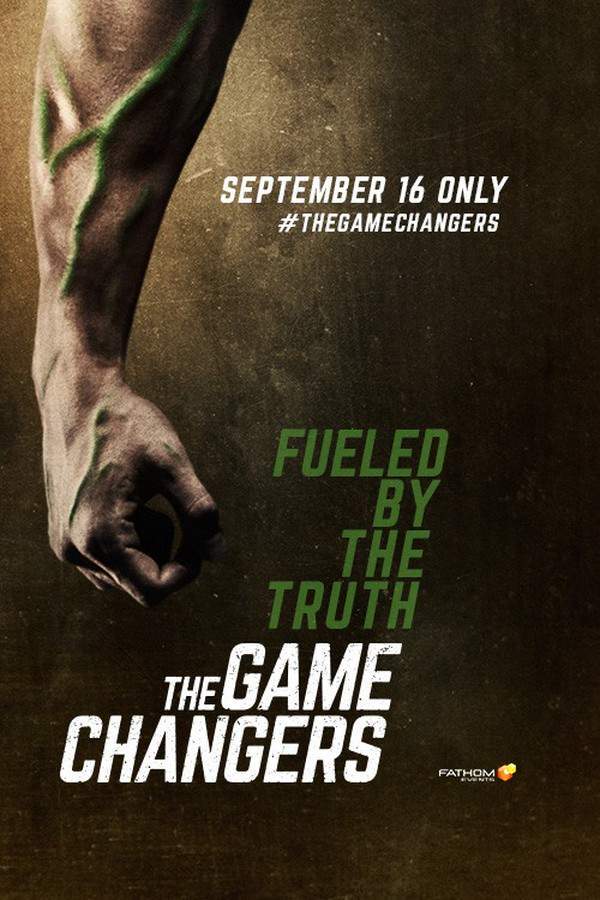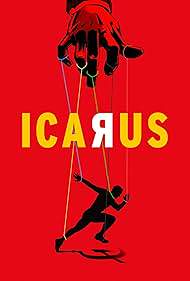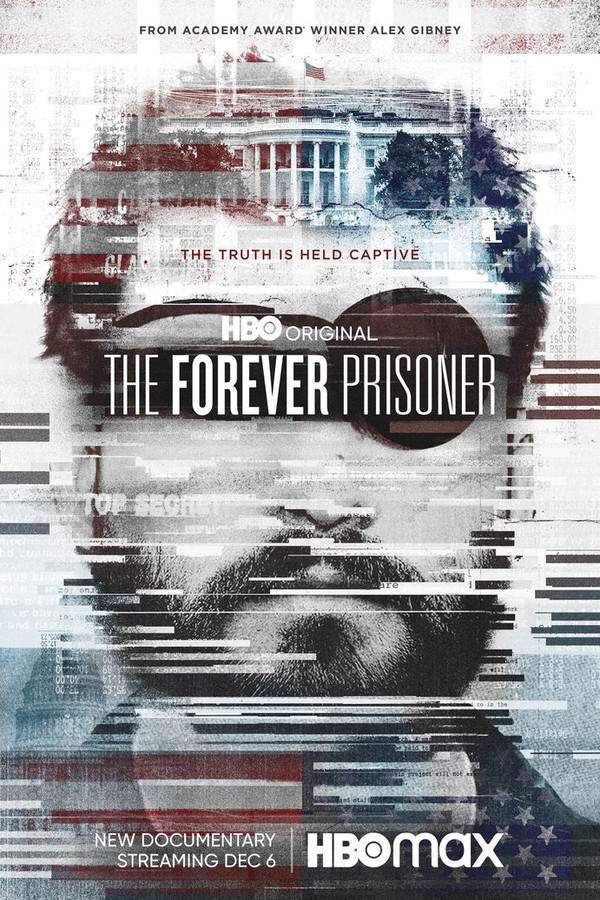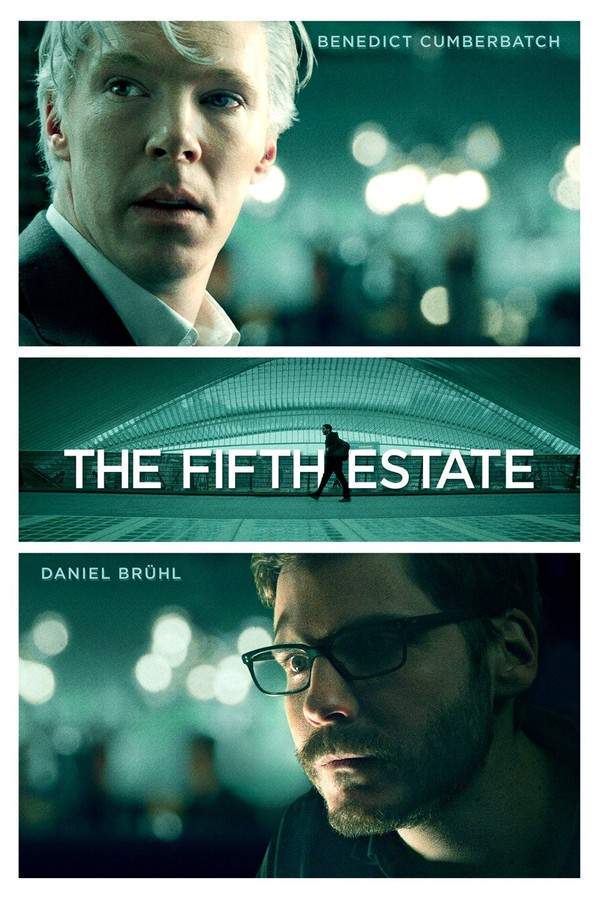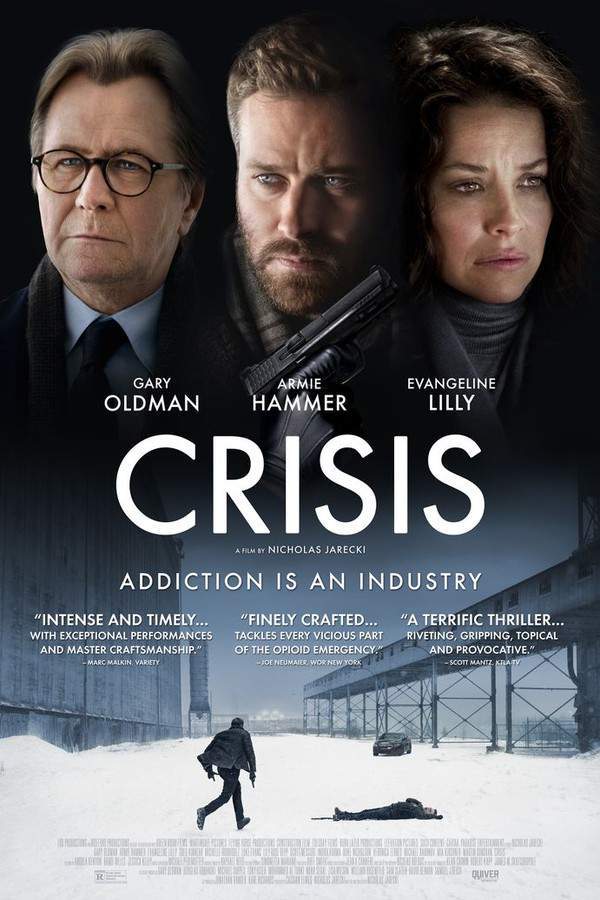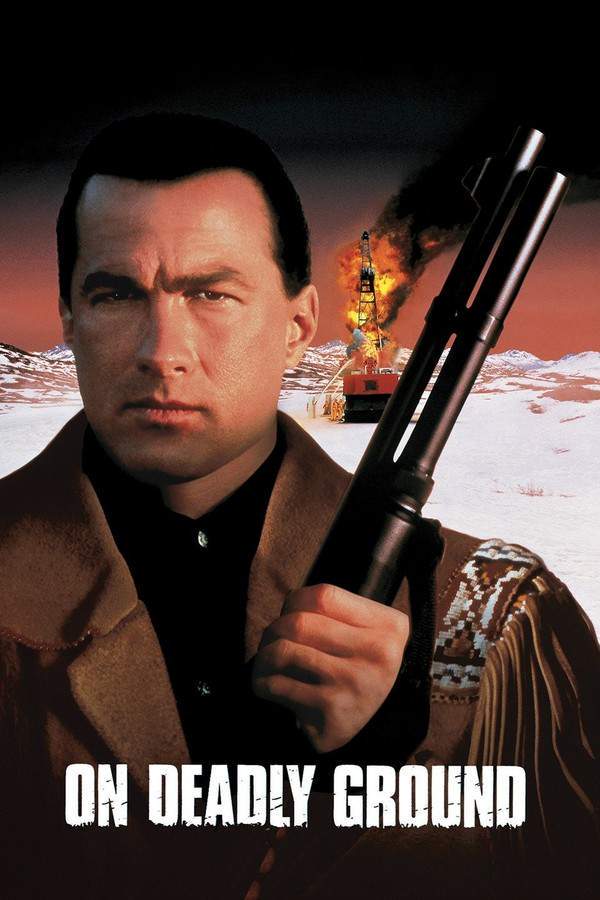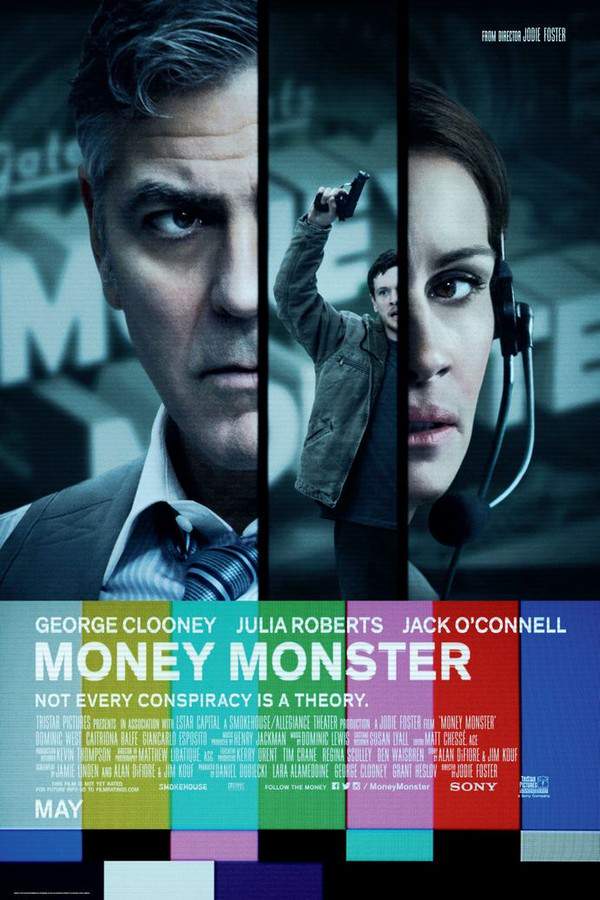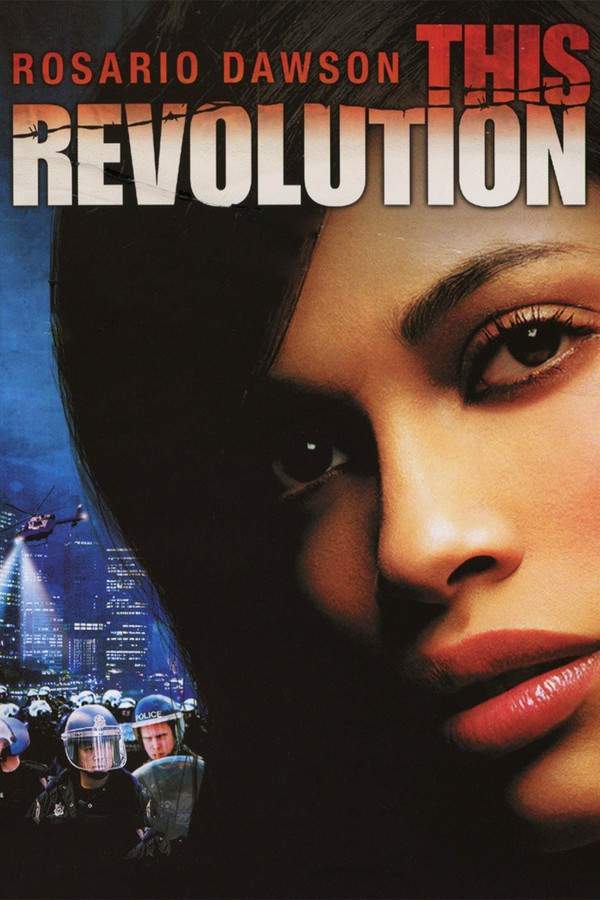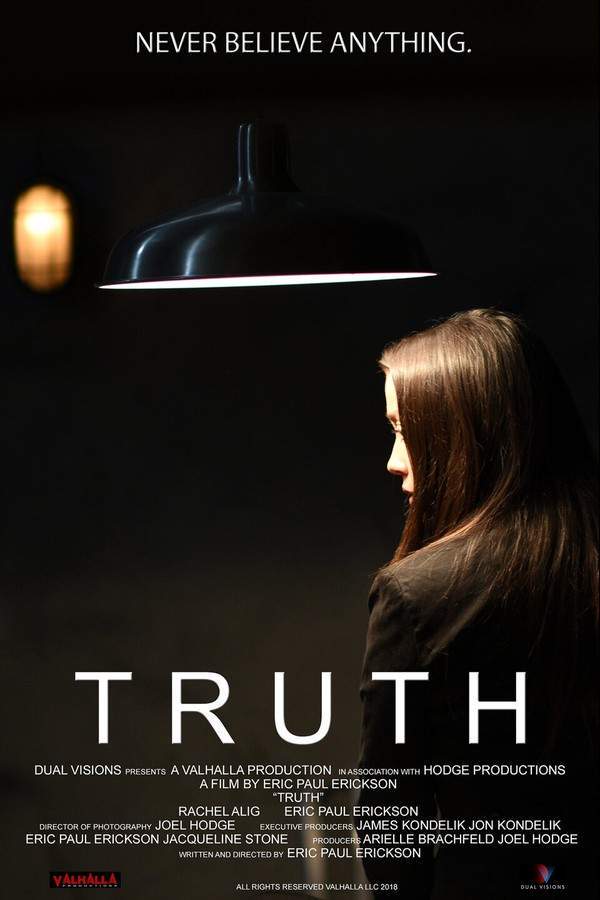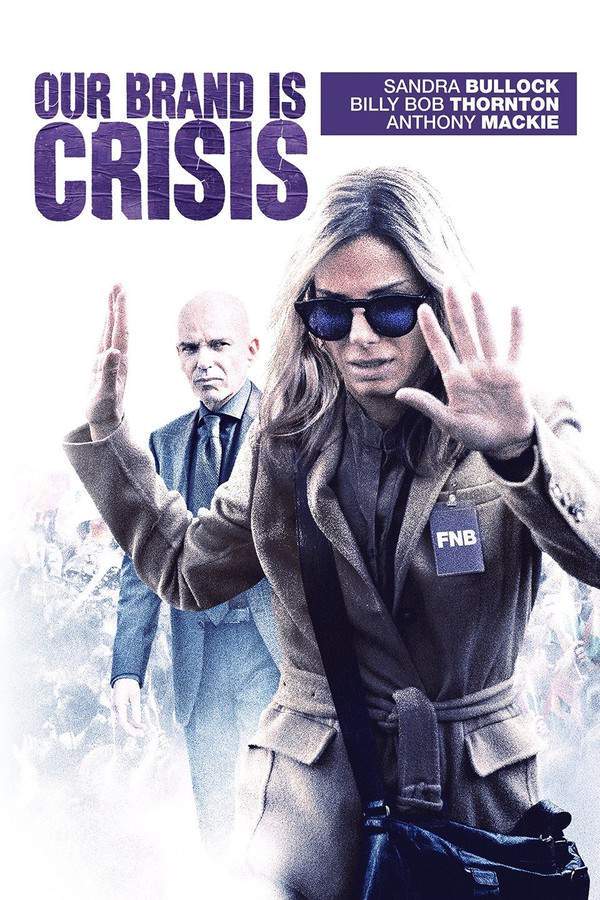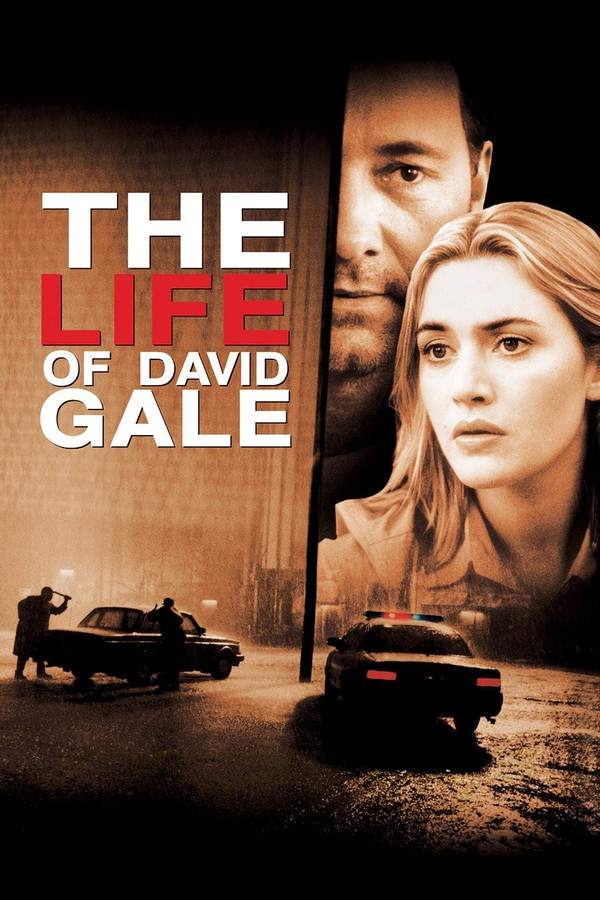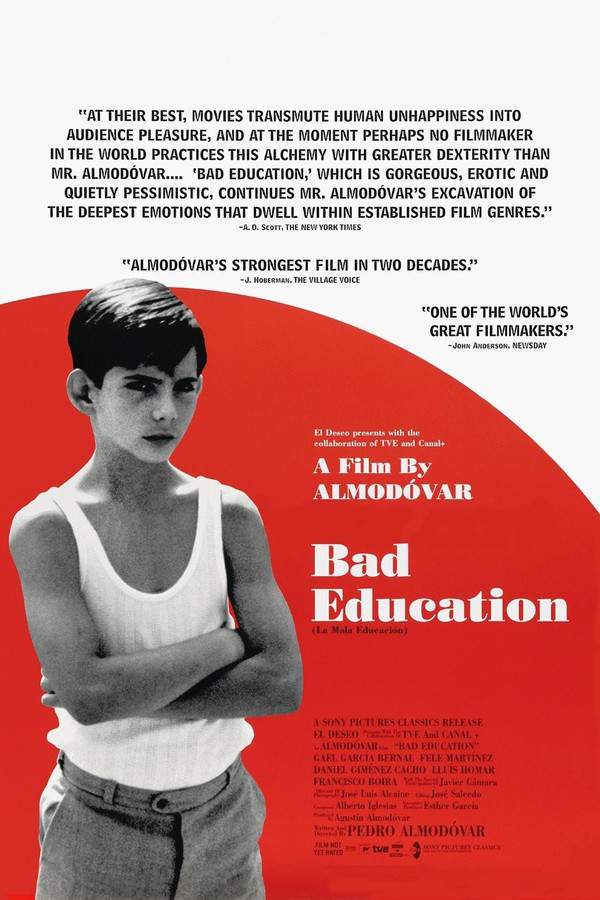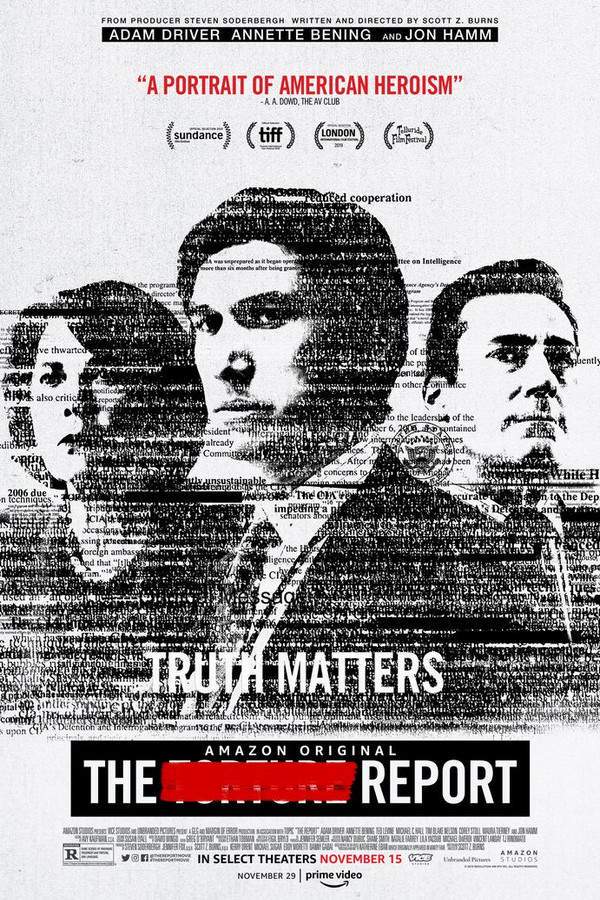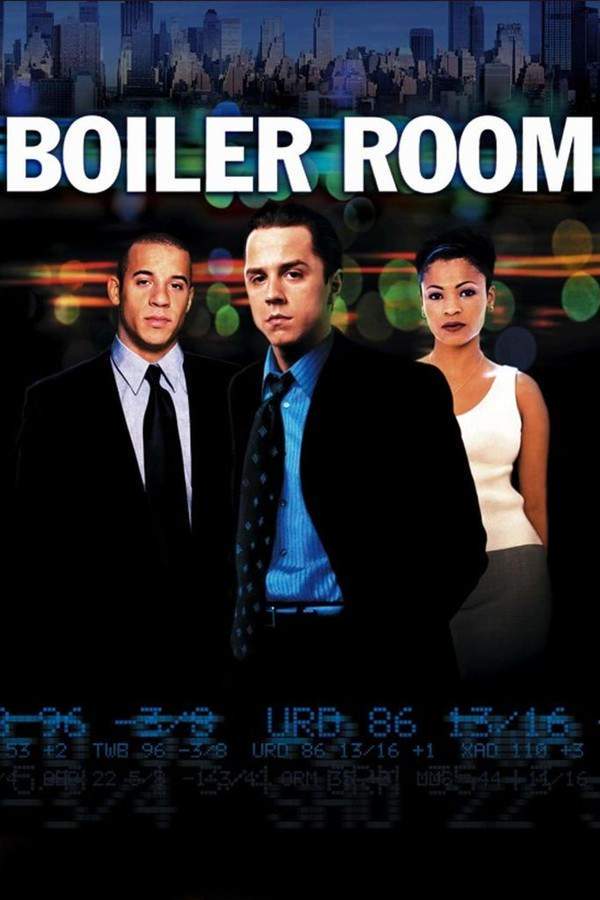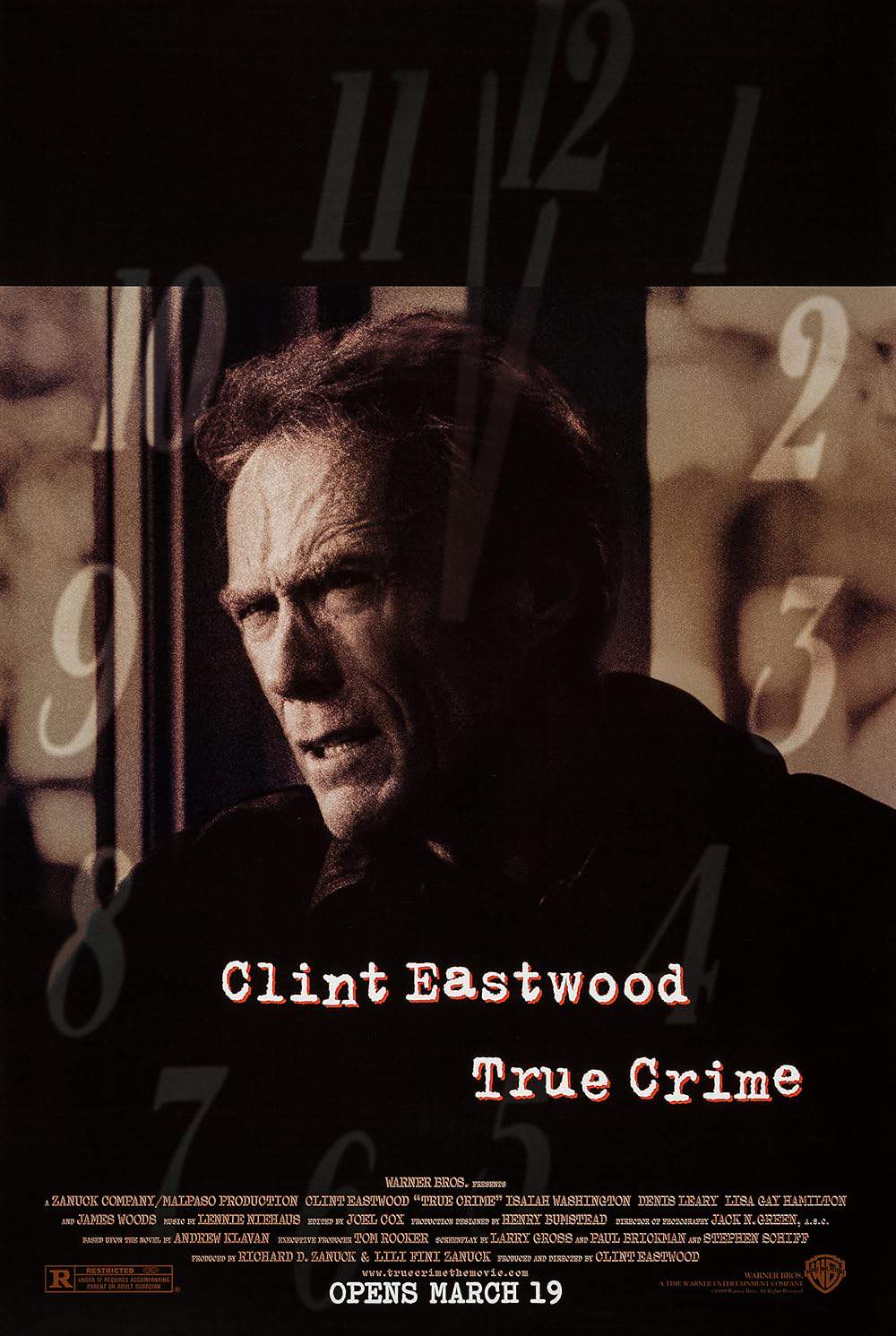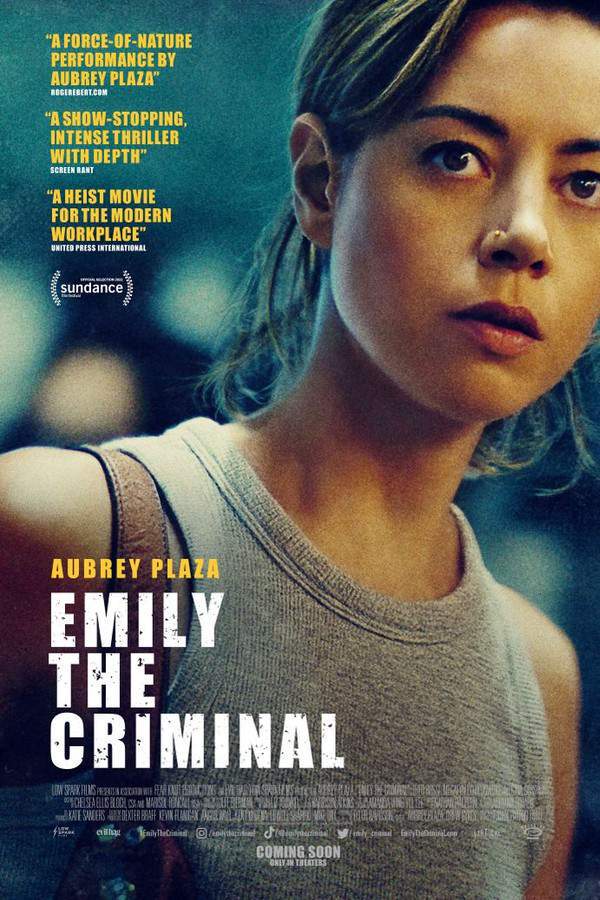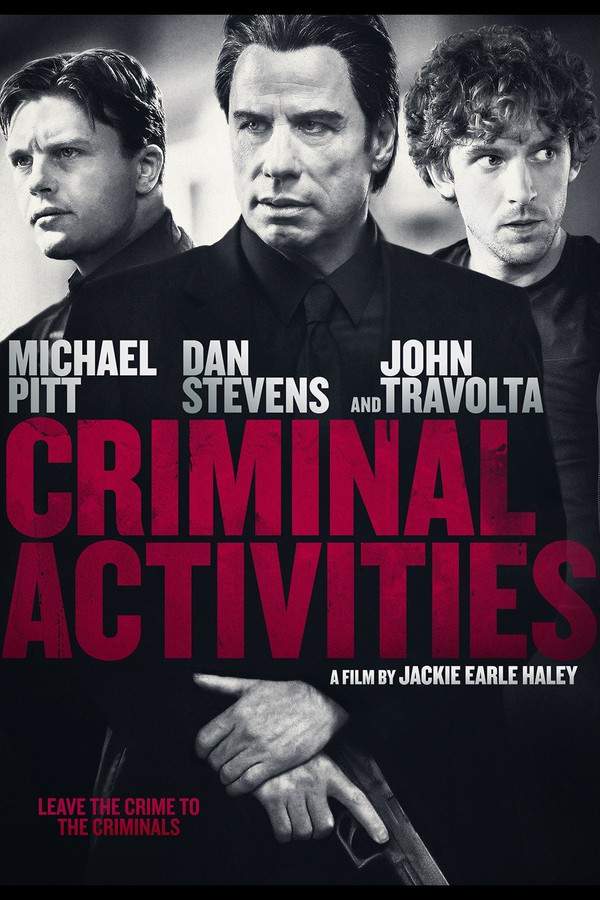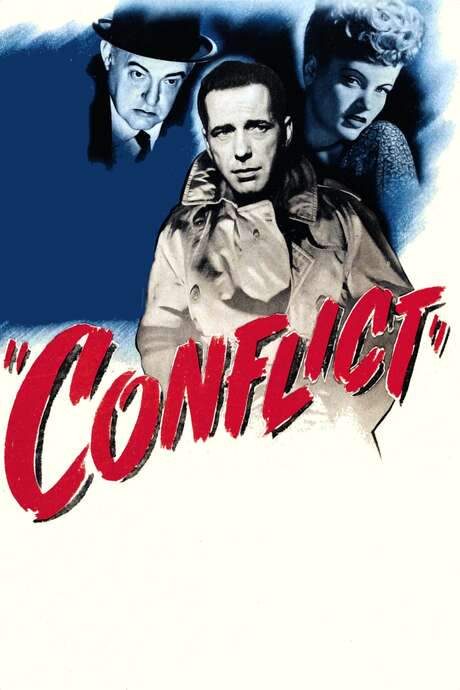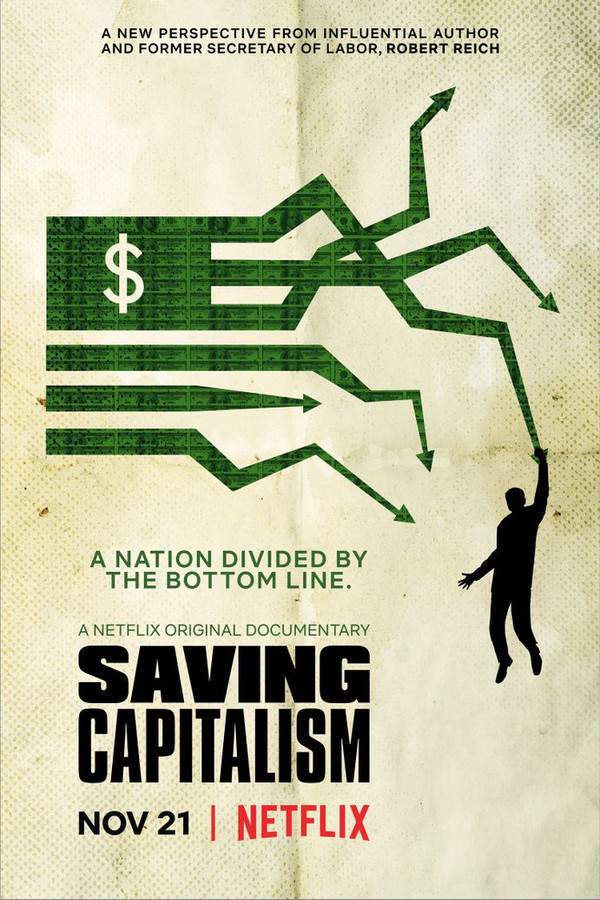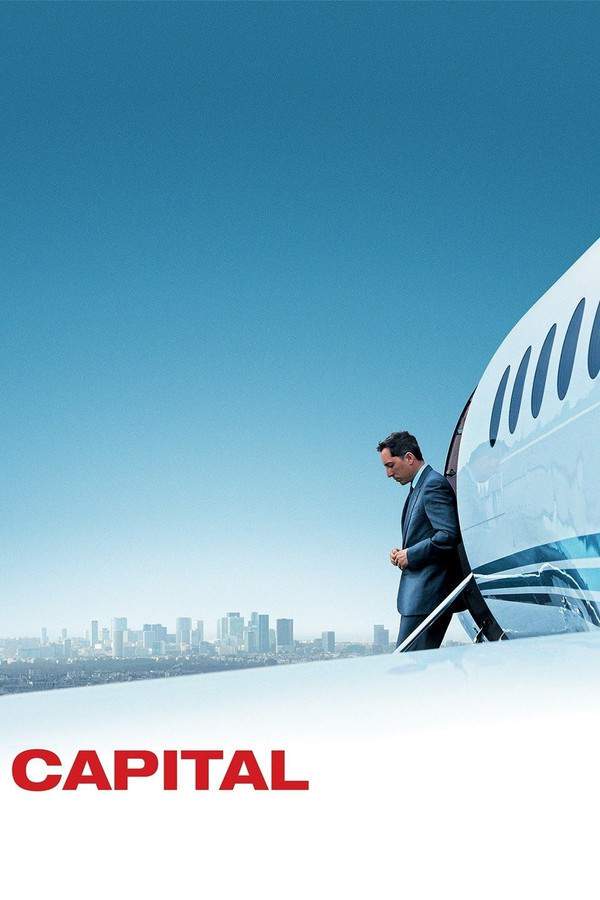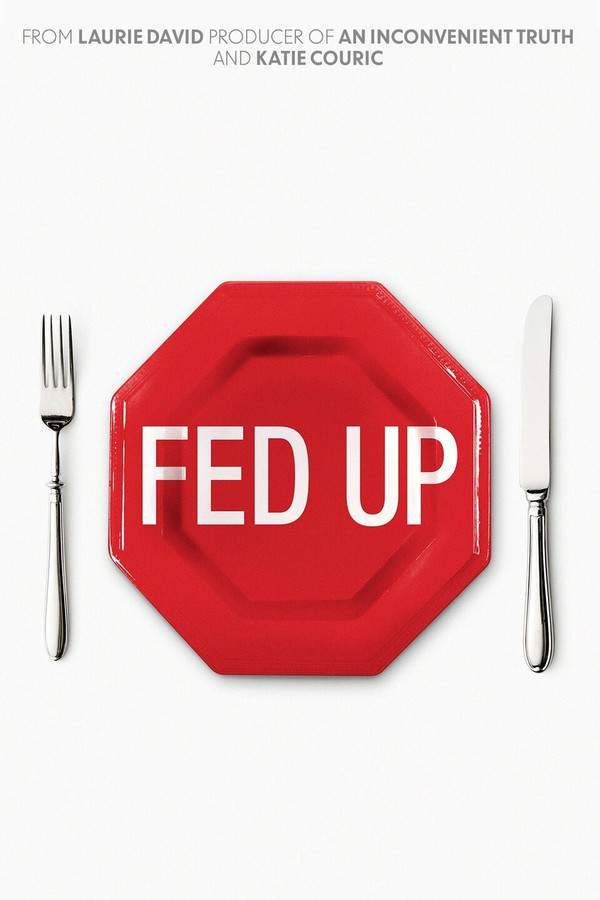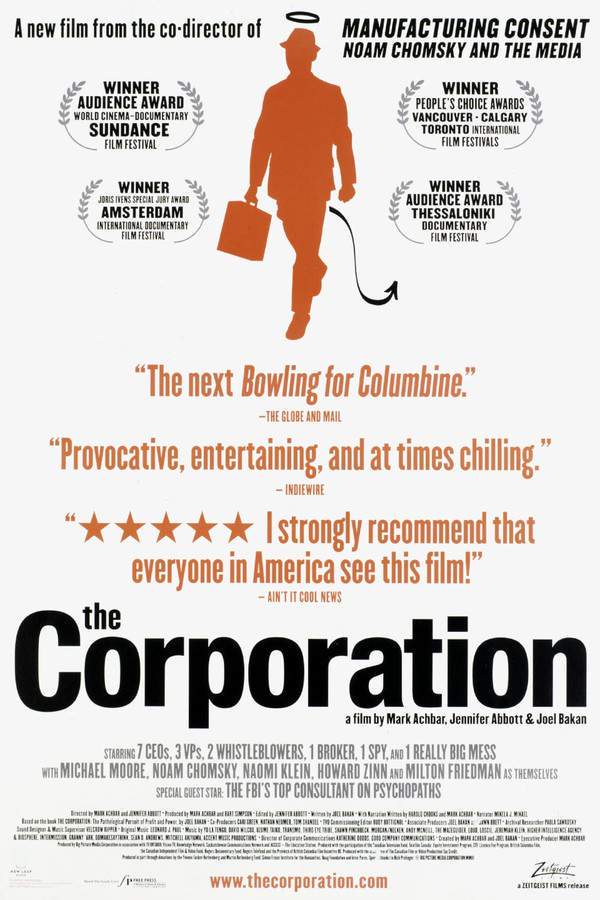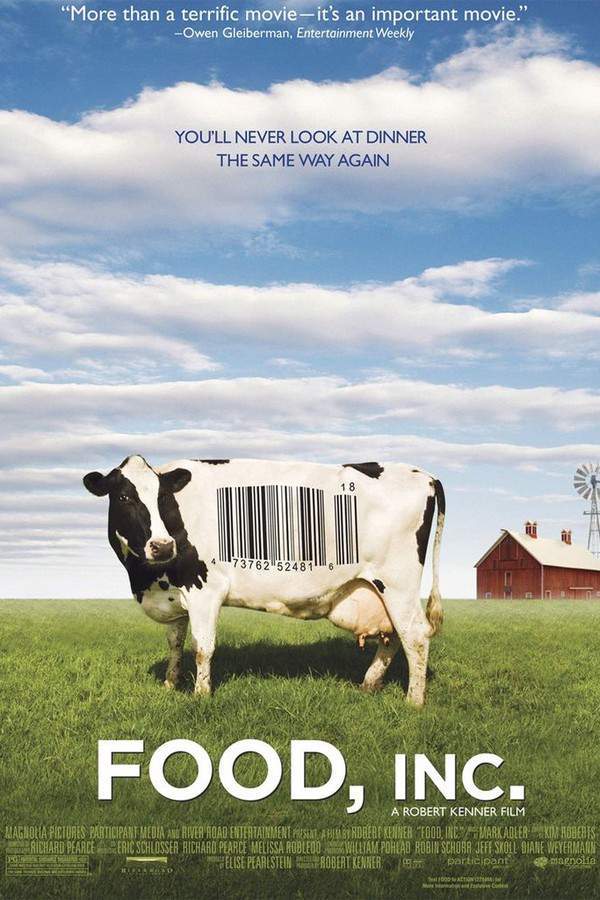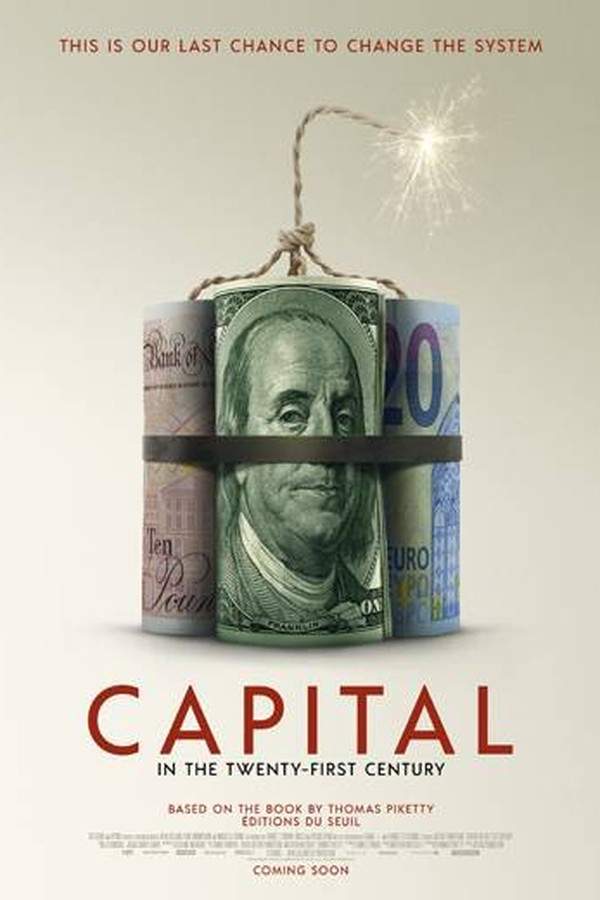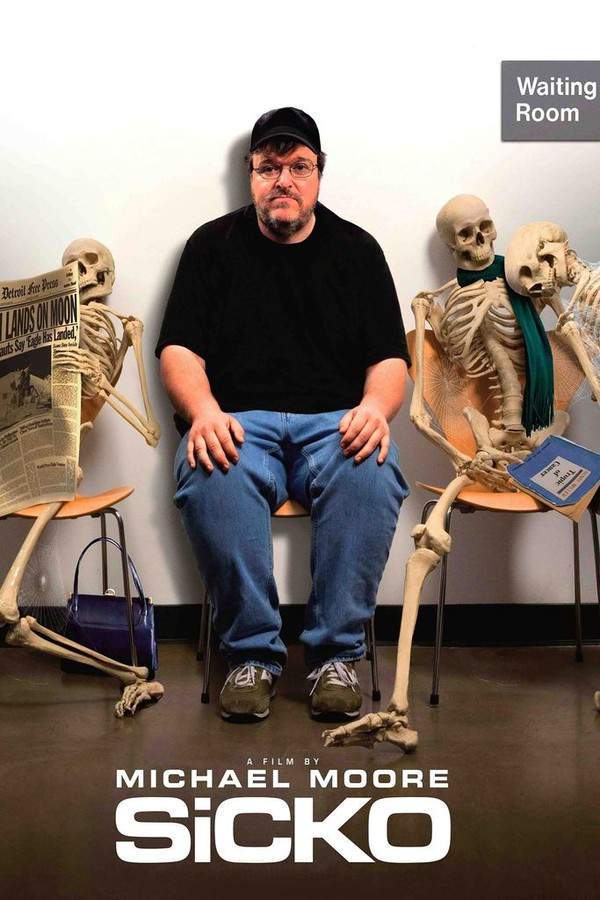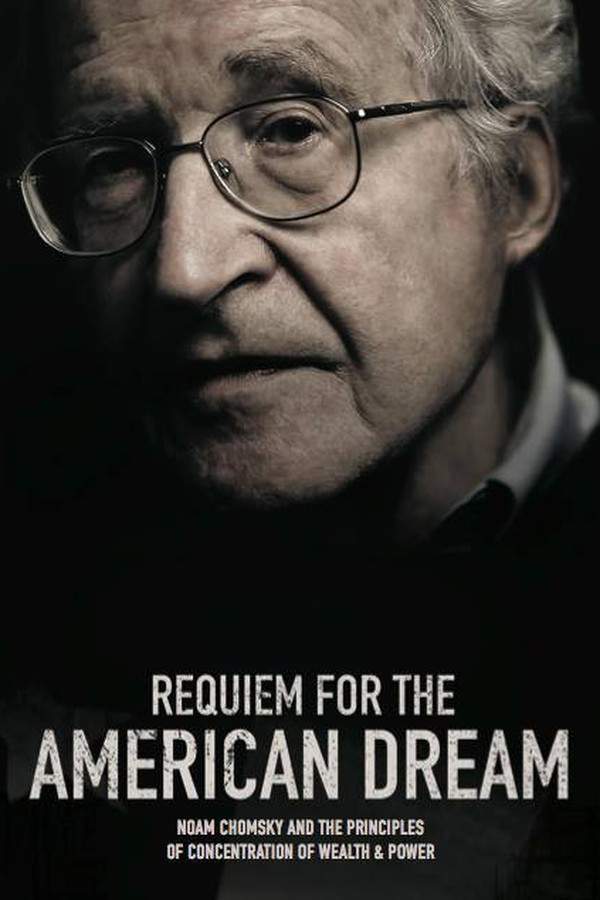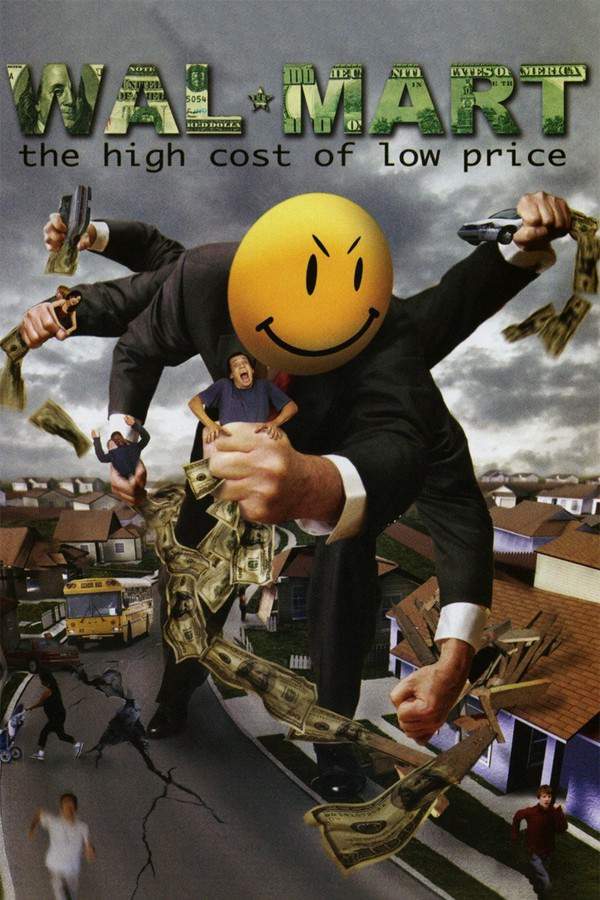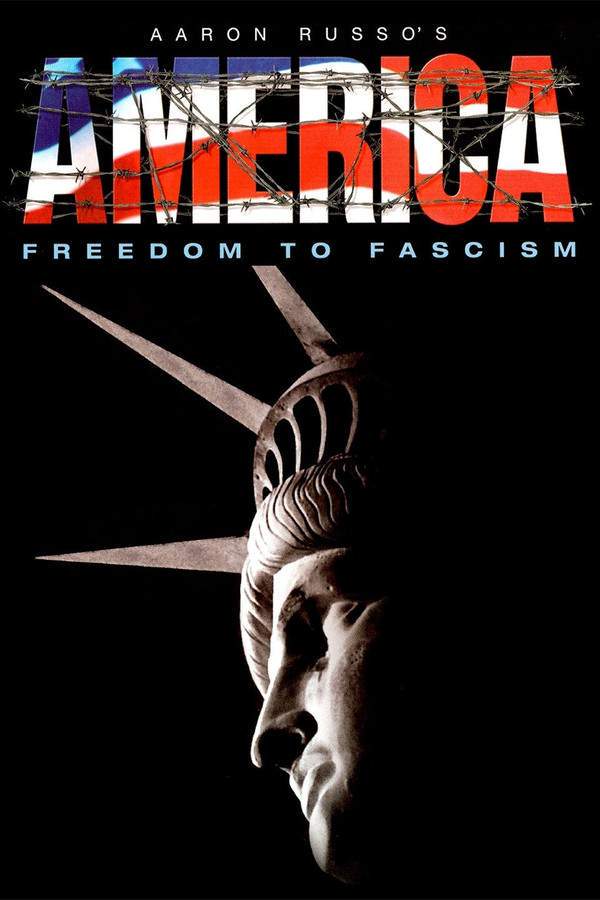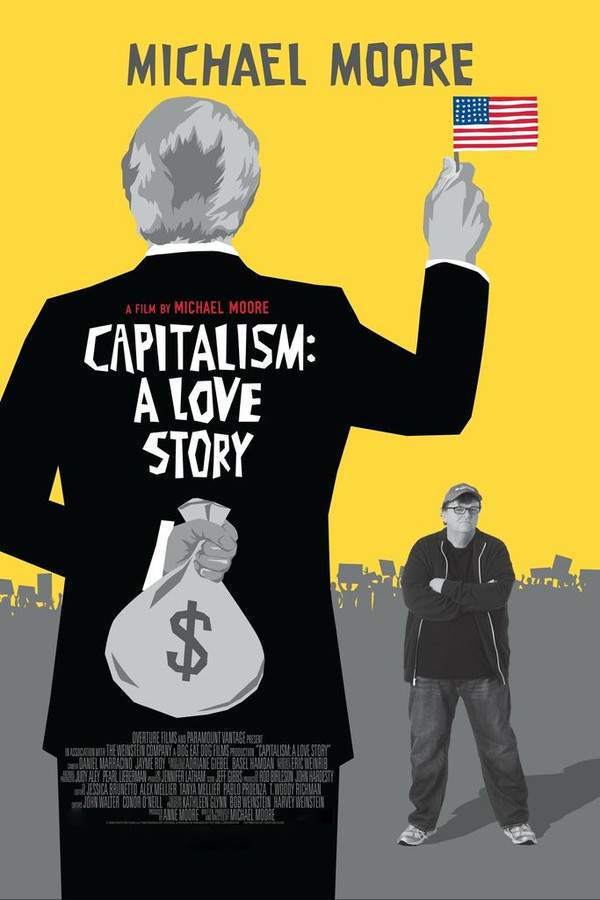
Capitalism: A Love Story
Year: 2009
Runtime: 127 min
Language: English
Director: Michael Moore
Budget: $20M
Michael Moore’s documentary explores the detrimental effects of corporate greed and unchecked capitalism on American society. The film examines how prioritizing profits has impacted individuals and communities, from the American heartland to the financial institutions of Wall Street and the political landscape of Washington D.C. It reveals the human cost of a system where economic policies often overshadow the well-being of citizens.
Warning: spoilers below!
Haven’t seen Capitalism: A Love Story yet? This summary contains major spoilers. Bookmark the page, watch the movie, and come back for the full breakdown. If you're ready, scroll on and relive the story!
Capitalism: A Love Story (2009) – Full Plot Summary & Ending Explained
Read the complete plot breakdown of Capitalism: A Love Story (2009), including all key story events, major twists, and the ending explained in detail. Discover what really happened—and what it all means.
The film presents a compelling exploration of America’s socioeconomic landscape, intertwining biting social critiques with real-life accounts of those grappling with the fallout from the recent economic crisis. It opens with security footage of bank robberies, set to the tune of “Louie, Louie,” capturing the chaotic spirit of desperation. A juxtaposition is quickly made through an Encyclopedia Britannica archive video, allowing audiences to compare contemporary America with the fallen grandeur of the Roman Empire.
As the narrative unfolds, the audience is presented with poignant home videos depicting families facing eviction, alongside a glimpse into the world of the “Condo Vultures,” a Florida real estate agent who thrived amidst a backdrop of foreclosures. This transition leads to a reflection on a nostalgic era often depicted as the “golden days” of American capitalism post-World War II.
A significant moment occurs when the film showcases an excerpt from President Jimmy Carter’s “Malaise” speech, wherein he warns the nation about a looming “crisis of confidence.” As it progresses, we see the shift during the Reagan years in the 1980s; policies initiated by Don Regan dismantled many safeguards, allowing corporations to gain unprecedented clout while unions dwindled, and socioeconomic disparities widened.
The documentary dives into the Luzerne County court scandal, alongside powerful testimonies like that of Captain Sullenberger, who sheds light on the dismal treatment of airline pilots. It also highlights the disturbing revelation of “dead peasant insurance” policies that enabled companies to profit from employee deaths.
In a notable segment, Michael Moore engages with several Catholic priests, including Bishop Thomas Gumbleton, who voice their concerns regarding capitalism’s discord with Christianity’s teachings. He presents a satirical hypothetical in which Jesus, as a capitalist, would focus on “maximizing profits” and enforcing pay-for-service healthcare, juxtaposed against pundits who celebrate capitalist endeavors as divine blessings.
A leaked Citigroup memo emphasizes the stark reality of wealth concentration, revealing that the top 1% commands more financial resources than the bottom 95% combined. This alarming statistic raises questions about societal disparities and elicits commentary from Stephen Moore of the Wall Street Journal, who controversially claims that “capitalism is a lot more important than democracy.”
The film also ventures into alternative economic models like co-determination worker cooperatives, showcasing that democracy can thrive within business frameworks, challenging the conventional capitalist narrative.
Moore draws on Dr. Jonas Salk’s legacy, noting how he selflessly chose public good over profit. This prompts a profound question regarding the current generation’s draw towards high finance rather than scientific innovation. In his exploration, Moore makes an earnest attempt to decode Wall Street’s derivatives and credit default swaps but is met with vague explanations and cryptic responses, reinforcing his belief that the complexities serve only to obfuscate and allow wrongdoing.
The portrayal of Alan Greenspan and the U.S. Treasury’s pivotal roles leading to the housing bubble signals pivotal shifts in the American economic landscape. With first-hand accounts from a former employee at Countrywide Financial, the film uncovers how favorable mortgage programs benefited many Washington elites.
Discussions with William Black illuminate the precarious position of the economy, likening it to a dam on the verge of collapse. The series of events that led to the controversial 2008 bailout, championed by Hank Paulson, is meticulously laid out. As Moore engages members of Congress—most notably Marcy Kaptur, who frames the bailout as a “financial coup d’état”—the intensity of the situation becomes markedly pronounced.
A gripping moment occurs during Moore’s exchange with Elizabeth Warren, wherein he queries, “Where’s our money?” referring to the substantial bailout funds. Warren’s chilling response of “I don’t know,” follows a suspenseful pause that accentuates the level of accountability sought.
The film captures the excitement leading to the 2008 U.S. elections, contrasting the rhetoric of capitalism versus socialism as part of a broader political maneuver. Hope is momentarily found in Barack Obama’s potential to course-correct the nation. In a striking contrast, archival footage of Franklin D. Roosevelt advocating for a Second Bill of Rights powerfully underscores what could be in contrast to present-day policies.
Moore articulates his own spiritual conflict as a Catholic, pondering whether Jesus would engage in hedge funds or short selling. His conclusion burgeons from a deeper revelation, positing that one cannot claim both capitalism and Christianity without a fundamental contradiction in values.
Amidst the film’s heavier themes, we see bright spots represented by individuals like Elizabeth Warren, Warren Evans, and Marcy Kaptur, who advocate for responsible governance and community support. The conclusion sees Moore symbolically encircling banks with police lines, as he asserts that capitalism is an evil that must be supplanted by a just democratic system, beseeching like-minded individuals to “speed it up,” a nod to a past presidential exhortation.
Last Updated: November 03, 2024 at 21:13
Explore Movie Threads
Discover curated groups of movies connected by mood, themes, and story style. Browse collections built around emotion, atmosphere, and narrative focus to easily find films that match what you feel like watching right now.
Confrontational documentaries exposing systemic failure like Capitalism: A Love Story
Urgent investigations that confront power and reveal institutional corruption.A collection of urgent, investigative films similar to Capitalism: A Love Story. If you liked Michael Moore's exposé of corporate greed, you'll find more documentaries here that critically examine political, economic, and social institutions with a tense and confrontational style.
Narrative Summary
Movies in this thread follow an investigative narrative, building a case against a powerful entity or system. They often weave together personal stories, expert testimony, and archival footage to present a compelling argument, creating a sense of mounting evidence and moral urgency that leads to a call for awareness or change.
Why These Movies?
These films are grouped by their shared mission to expose wrongdoing and their use of a fast-paced, urgent, and emotionally heavy tone. They connect through a confrontational stance towards authority and a focus on the human cost of systemic problems, creating a similar vibe of critical inquiry and righteous anger.
Grim socio-economic thrillers with moral conflict like Capitalism: A Love Story
Stories where financial systems and moral decay create tense, desperate scenarios.Find movies like Capitalism: A Love Story that delve into the tense and grim realities of economic inequality. These films share a heavy emotional weight and a critical perspective on how systems of power and money create moral conflicts and desperate situations for individuals.
Narrative Summary
Narratives in this thread often center on a collision between individuals and powerful, impersonal economic forces. The journey typically involves uncovering a deeply rooted problem, facing moral compromises, and navigating a landscape of injustice, leading to conclusions that are mixed or bleak, reflecting the complexity of the issues.
Why These Movies?
These movies are united by their intense focus on economic and social injustice, their grim and tense mood, and the heavy moral questions they raise. They create a similar viewing experience by juxtaposing systemic analysis with poignant human stories, resulting in a potent mix of anger, sadness, and critical reflection.
Unlock the Full Story of Capitalism: A Love Story
Don't stop at just watching — explore Capitalism: A Love Story in full detail. From the complete plot summary and scene-by-scene timeline to character breakdowns, thematic analysis, and a deep dive into the ending — every page helps you truly understand what Capitalism: A Love Story is all about. Plus, discover what's next after the movie.
Capitalism: A Love Story Timeline
Track the full timeline of Capitalism: A Love Story with every major event arranged chronologically. Perfect for decoding non-linear storytelling, flashbacks, or parallel narratives with a clear scene-by-scene breakdown.

Characters, Settings & Themes in Capitalism: A Love Story
Discover the characters, locations, and core themes that shape Capitalism: A Love Story. Get insights into symbolic elements, setting significance, and deeper narrative meaning — ideal for thematic analysis and movie breakdowns.

Capitalism: A Love Story Spoiler-Free Summary
Get a quick, spoiler-free overview of Capitalism: A Love Story that covers the main plot points and key details without revealing any major twists or spoilers. Perfect for those who want to know what to expect before diving in.

More About Capitalism: A Love Story
Visit What's After the Movie to explore more about Capitalism: A Love Story: box office results, cast and crew info, production details, post-credit scenes, and external links — all in one place for movie fans and researchers.

Similar Movies to Capitalism: A Love Story
Discover movies like Capitalism: A Love Story that share similar genres, themes, and storytelling elements. Whether you’re drawn to the atmosphere, character arcs, or plot structure, these curated recommendations will help you explore more films you’ll love.
Explore More About Movie Capitalism: A Love Story
Capitalism: A Love Story (2009) Scene-by-Scene Movie Timeline
Capitalism: A Love Story (2009) Movie Characters, Themes & Settings
Capitalism: A Love Story (2009) Spoiler-Free Summary & Key Flow
Movies Like Capitalism: A Love Story – Similar Titles You’ll Enjoy
Saving Capitalism (2017) Full Summary & Key Details
Capital (2013) Detailed Story Recap
Fed Up (2014) Plot Summary & Ending Explained
The Corporation (2004) Film Overview & Timeline
Food, Inc. (2009) Plot Summary & Ending Explained
Capital in the Twenty-First Century (2020) Spoiler-Packed Plot Recap
Sicko (2007) Plot Summary & Ending Explained
Pump (2014) Spoiler-Packed Plot Recap
Requiem for the American Dream (2016) Full Summary & Key Details
Wal-Mart: The High Cost of Low Price (2005) Full Movie Breakdown
America: Freedom to Fascism (2006) Full Summary & Key Details
Capital in the Twenty-First Century (2019) Movie Recap & Themes
The Big One (1997) Complete Plot Breakdown
Capitalism in America: The Cult of Wealth (1000) Movie Recap & Themes
A Sentimental Capitalism (2008) Complete Plot Breakdown

